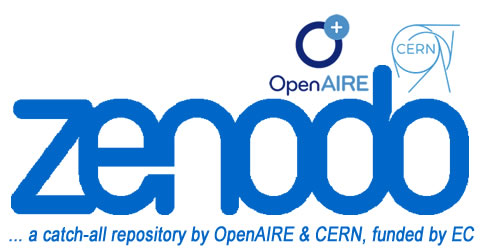A Critical Discourse Analysis of Language Dominance and Linguistic Strategies in Midwives-Parturient Women Interactions during Childbirth in Nigeria Zaria, Kaduna State
DOI:
https://doi.org/10.5281/zenodo.15446334Keywords:
Childbirth communication, Critical discourse analysis, Linguistic strategies, Midwife-woman interactions, Power dynamicsAbstract
This study investigates the linguistic interactions between midwives and women in labour in selected labour wards in Zaria, Kaduna State, Nigeria, with particular focus on the dynamics of power and the language strategies employed during childbirth. The problem addressed stems from growing concerns about the dominance of clinical authority in maternity settings, where communication often prioritizes medical efficiency at the expense of emotional and cultural sensitivity. In such contexts, women in labour are frequently positioned as passive recipients of care, raising critical questions about agency, respect, and culturally responsive healthcare delivery. Guided by Fairclough’s Critical Discourse Analysis (CDA), the study explores how language functions as a tool of control and negotiation in childbirth-related interactions. The methodology involves a qualitative approach, using audio recordings and non-participant observations to document 18 midwives-parturient women interactions across diverse healthcare settings. From this corpus, three interactions were purposively selected for in-depth discourse analysis based on variations in socio-demographic and institutional contexts. The findings revealed a persistent asymmetry in communicative roles: midwives predominantly use directive and imperative speech acts such as “Push” or “Don’t shout,” while women in labour often respond through fragmented expressions of pain, prayers, and cries. Although some midwives employ culturally resonant expressions like “Toh” and “Na’am”, these do not significantly alter the underlying power imbalance. Religious and spiritual expressions from the women highlight a crucial yet under-recognized aspect of patient experience. The study concludes by advocating for midwifery training programs that emphasize empathetic, culturally competent, and spiritually inclusive communication practices, thereby promoting a more patient-centred approach to maternal care.













